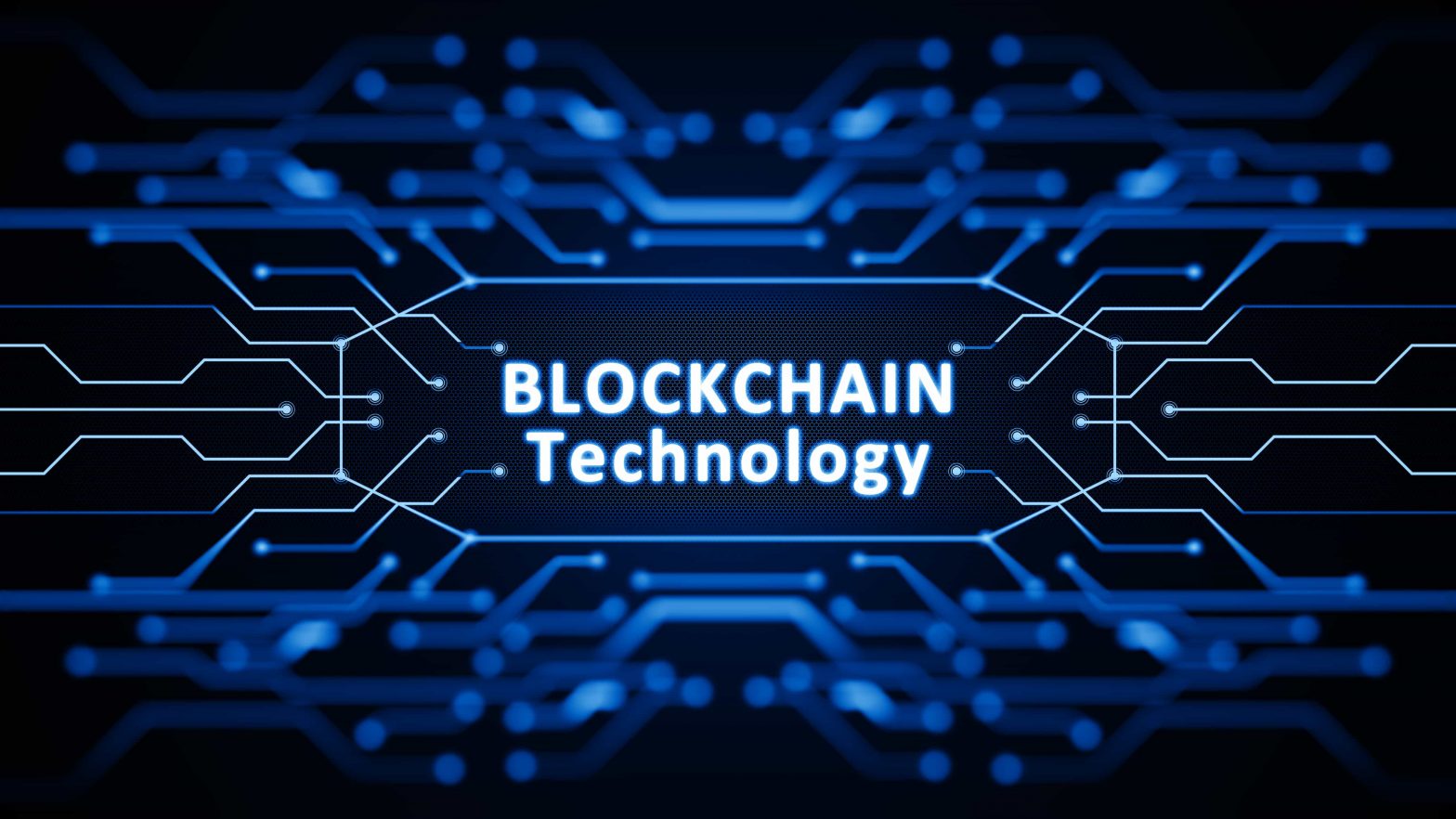Blockchain gaming is the next big thing, and it’s coming soon. Others have used Blockchain to increase transparency and fairness in games. It now employs NFTs, a big Crypto word.
When combined with forthcoming virtual reality (VR) technologies, the NFT incentive plan is expected to boost Blockchain gaming player numbers. Ontology-based trading and NFTs are predicted to be the next big crypto trends.
Making money while playing a game is a fantasy for most of us. The play-to-earn movement, on the other hand, has made this conceivable. Now, after so many years, Bitcoin Superstar has made its way towards the world’s most trusted online investment platforms.
As recently as May 2021, blockchain-based games have been a massive success. Blockchain games were connected to 754,000 different user accounts. More than 500 percent year-over-year growth in the UAW was seen in Quarter 3. A rise in demand is evident even if it’s just a proxy for on-chain indicators that don’t always translate into actual users1.
The future of gaming and Blockchain seems to have finally come together if interesting notions like the Metaverse are widely publicized.
Blockchain-based games
Blockchain is a novel technology. It permits peer-to-peer transactions while proving asset ownership. It may change any industry if applied properly. It’s the same with games.
Using blockchain technology, video games lay the groundwork for a new microeconomic system. A place where gamers can make money doing what they love. Blockchain turns Web 2 games become Web 3 games. Players become true owners who handle their game stories and their in-game items. Re-inventing micro-economies How to?
NFTs, or Non Fungible Tokens, may be released in an instant. An NFT is a digital asset that automatically transfers ownership to its wallet. Blockchain is a distributed, immutable ledger that records ownership.
This sets it apart from other games. Virtual land, in-game items, and collectibles are all NFTs. In addition to virtual territories, some blockchain games include virtual pets, NFTs, and other goods that aren’t essential in the game mechanics.
Providing Real Ownership to Players
In-game items generated $40B, or 25% of the global gaming industry’s revenue. Cosmetics are big business in games like Fortnite, DOTA, and Roblox. The average monthly active Roblox user spends $5.6 on cosmetics, whereas 80% of Fortnite players have used cosmetics. NFT market valuation was $14.2B at the end of September. In-game items accounted for nearly 20% of Q3 2021 NFT trading volumes.
Normal games also allow players to purchase items they don’t own. The player only has a digital copy of the item stored on a server. The digital item and proof of ownership are lost if the server crashes or vanishes. Unlike this technique, NFT-based in-game assets will reside on the Blockchain. As with in-game purchases, NFTs provide players total control. This is vital for asset monetization.
Similarly, asset transferability should be assessed. Players may resell their assets in non-platform-specific secondary markets. A player looking to sell an item in-game has various options. Their game’s original marketplace and OpenSea might sell it if it operated on Ethereum. Overall, NFTs create a sense of ownership and hence transferability. They are making digital purchases become investments while destroying gaming paradigms.
Complete Tokenomics Framework
Play-to-earn is a popular feature of blockchain games. It’s possible for gamers to make money while playing blockchain games, thanks to a powerful Tokenomics platform (p2e).
Using blockchain games, you may make money in two ways. One option is to earn virtual cash in games. Like other decentralized applications (DAPPs), Blockchain games often have their currency. In-game NFTs may be purchased and enhanced, or other blockchain features like staking can be enabled using these game-based cryptos. Game-based cryptos may be exchanged for fiat currency through a regulated exchange while gamers play.
The NFTs themselves may be traded on curated trading platforms known as markets to make money. An item purchased by a player may be improved and then resold for a profit. In recent months, there has been a notable surge in popularity for blockchain games.
Because of the revolution in p2e, the gaming industry has pushed forward blockchain adoption. Quarter 3 Industry Report from DappRadar shows that this accounts for 49% of the industry.







